Returning to the Workplace Post Pandemic Effect on Women of Color
By Sahar Rajput
The COVID-19 Pandemic has been ravaging for two years, but companies are starting to ask their employees to return to the workplace in-person to return to “normalcy”. Some women, especially women of color, just are not ready for this homecoming. They are not ready for the microaggressions, having to hide cultural elements and having to code switch. Courtney McCluney, an assistant professor at Cornell University’s ILR school stated, “This was the first year that I haven’t had my hair commented on and touched without permission in my professional life” (Tulshyan, 2021). McCluney was often reminded she was the only black woman in the office so the remote space was a comforting way to detach from that reality.
Women of color have to also hide certain cultural elements of themselves which can cause them to lose aspects of their identity. Bringing in ethnic food and having co-workers say “what’s that smell? It smells so weird in here”, is a common phrase women of color know when bringing in fragrant foods. Another woman of color, Pham, who is a Vietnamese-Born American states people in her office were offended by the paper lanterns she hung over her desk, “I heard secondhand that those lanterns upset some co-workers because they felt they were unprofessional” (Tulshyan, 2021).
Lastly, having to code switch, which is defined as “when employees of color, particularly Black employees, feel pressure to adjust their style of speech, appearance, behavior and expression in ways that make others — especially white peers in the workplace — comfortable,” can be mentally exhausting as well (Tulshyan, 2021). After the murder of George Floyd and the media coverage of policing in Black America, it was hard for tax auditor Tisha Held to stay composed in her workplace during a traumatic time in her life.
So how do those in leadership support our female community of color in their transition to in-person work? Appropriate responses include accommodating employees schedules, having a supportive workplace culture and lastly, emphasizing diversity training.
Accommodating employees through common schedule changes such as a hybrid schedule or a four-day week schedule can allow for more flexibility to help the work-life balance. The Society for Human Resource Management has stated that the four day work week is beneficial as it reduces employee burnout, increases productivity by approximately 20%, reduces time wasting activities, and results in higher loyalty from the employee (Agovino, 2020).
Having a supportive workplace culture will take time and like minded leadership to ensure that it is a priority for the organization. According to The Center for Women Policy Studies, 53% of women hear racial and ethnic jokes, specifically Native American and African American women are more likely to report that they were confronted by these types of jokes (Tucker et al., 1999). Combat this within the interview process by asking leadership in Diversity & Equity to screen for biases, as well as requesting a personal diversity statement. The employees who are successful in both can be seen as having a commitment to diversity.
Lastly, educating through diversity training in the workplace. Diversity training is defined as “an intentional professional training designed to develop skills needed to facilitate working and interacting with people from diverse cultural backgrounds” (Plaza et al., 2021). This is essential to provide an environment that celebrates cultural differences and is interested in learning about their co-workers.
Overall, the return to the workplace post COVID-19 does not have to be a daunting task for both leaders and women of color.. By working together and acknowledging each other’s perspective, we can create an inclusive environment where everyone enjoys coming to work!
References
Agovino, T. (2020, June 20). The phenomenon of the four-day workweek. SHRM. Retrieved October 14, 2021, from https://www.shrm.org/hr-today/news/all-things-work/pages/four-day-workweek.aspx.
Plaza, C. H., Robotham, D., & Windon, S. (2021, March). Diversity Training in the Workplace. Penn State Extension. Retrieved January 16, 2022, from https://extension.psu.edu/diversity-training-in-the-workplace
Tools for Evaluating Applicants. University of Washington Human Resources. (n.d.). Retrieved January 16, 2022, from https://hr.uw.edu/diversity/hiring/tools-for-evaluating-applicants/
Tucker, J., Wolfe, L. R., Viruell-Fuentes, E. A., & Smooth, W. (1999, March). No More “Business As Usual” . Society for Human Resource Management. Retrieved January 16, 2022, from https://www.shrm.org/hr-today/news/hr-news/Documents/WF1.pdf
Tulshyan, R. (2021, July 8). Return to office? some women of color aren’t ready. The New York Times. Retrieved October 14, 2021, from https://www.nytimes.com/2021/06/23/us/return-to-office-anxiety.html.
